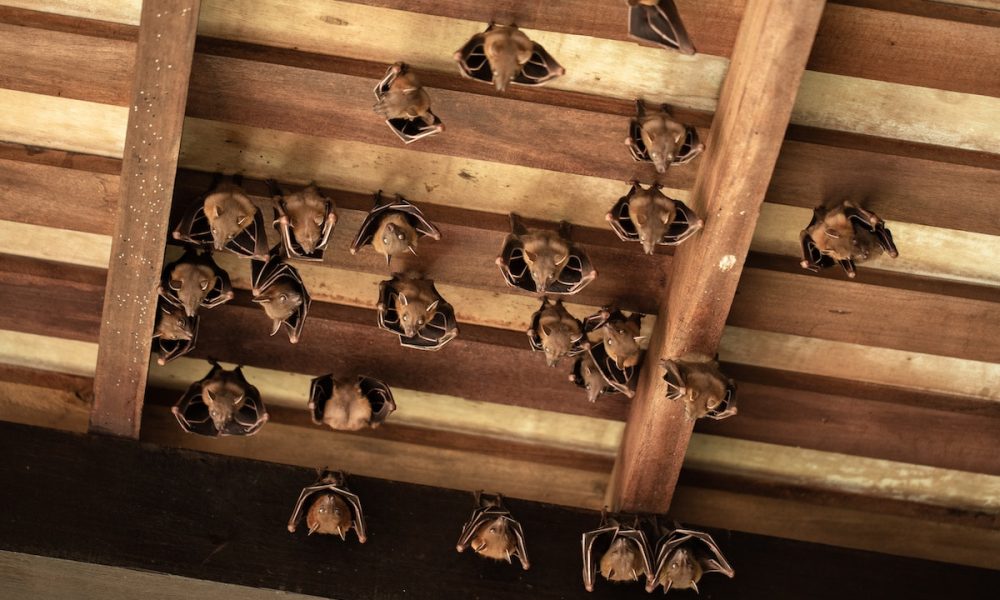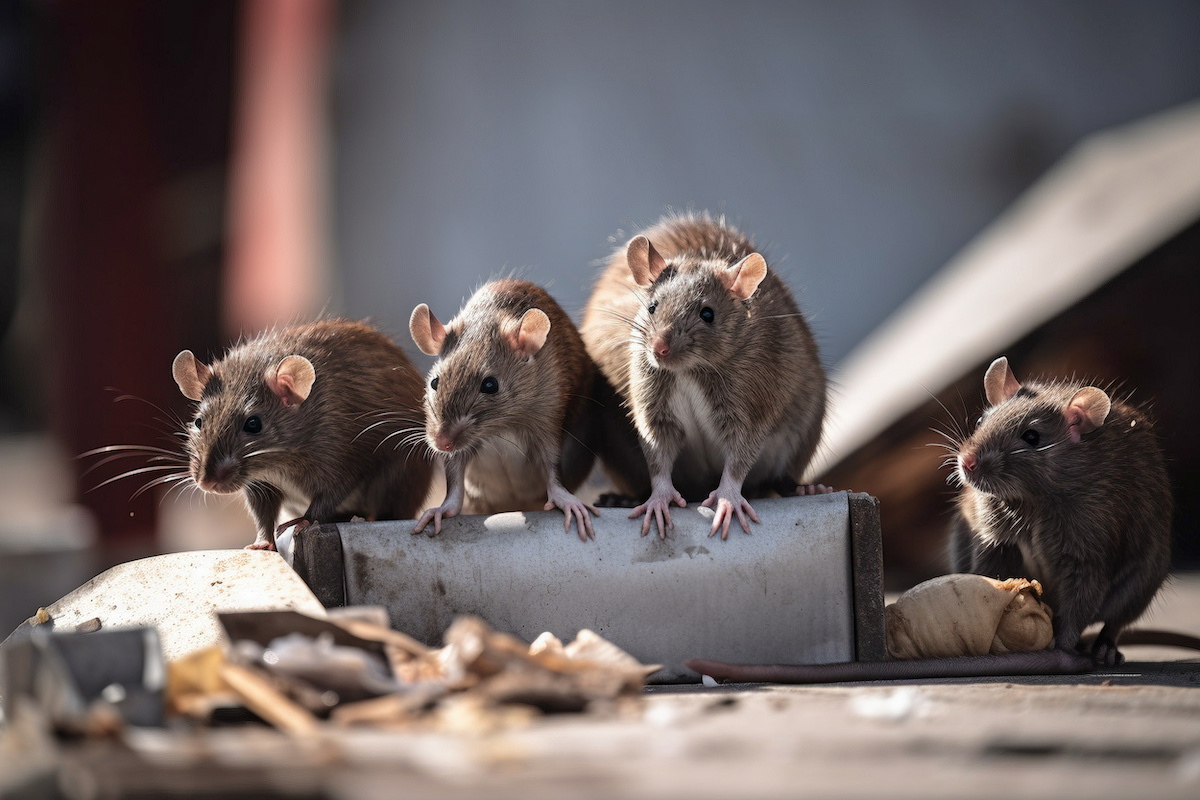
When you notice the potential signs of wildlife infestations in your home most Florida homeowners worry about damage that comes along with the infestation. Wildlife infestations pose a significant threat to your home in a variety of ways. These unwelcome guests, ranging from mice to raccoons, bring with them a host of issues that can lead to substantial damage and costly repairs. Here’s a closer look at the many ways that wildlife can wreak havoc on your home, and the types of pests most commonly responsible for these invasions.
Structural Integrity Compromise
The structural components of your home such as wooden beams and supports, are not immune to the threats posed by wildlife infestations. Squirrels and rats have strong teeth that they use to gnaw on wood, potentially compromising the structural integrity over time.
Signs of structural damage from wildlife infestations:
- Cracks in foundation or walls: Animals burrowing near the foundation can cause structural shifts, leading to visible cracks.
- Gnaw marks on wood or wires: Rodents like mice and squirrels can chew through wood and electrical wiring, compromising structural integrity.
- Holes or gaps in exterior walls: Wildlife creates entry points that can weaken the structure and allow further infestation.
- Sagging or uneven floors: The presence of burrowing animals underneath can cause floors to become unstable or sag.
- Damaged roofing or shingles: Birds, squirrels, and raccoons can pull apart roofing materials, leading to structural and water damage.
- Evidence of nests in insulation or walls: Nests can block ventilation, damage materials, and lead to moisture problems affecting the structure.
Wiring Damage
Perhaps one of the most hazardous consequences of wildlife infestations is the damage to electrical wiring. Rodents, including mice and rats, have a notorious habit of chewing through wires, which can lead to short circuits, power outages, or even fires. The cost of rewiring can be substantial, not to mention the potential danger to your home and family.
When it’s time to worry about wiring damage:
- Flickering or dimming lights: If lights flicker or dim without a clear cause, it could indicate damaged wiring.
- Frequent circuit breaker trips: Regular tripping of breakers or blown fuses can be a sign of overloaded or damaged circuits.
- Buzzing sounds from outlets or switches: Unusual noises from electrical points suggest faulty wiring or connections.
- Burning smell or charred outlets: A distinct burning odor or visible scorch marks near outlets indicate serious wiring issues.
- Electrical shocks from switches or appliances: Even mild shocks when touching appliances or switches can point to wiring problems.

Attic Insulation Damage
One of the common damages in a home’s infestation is the insulation. Mice, squirrels, and other small rodents find the soft material perfect for nesting. They tear it apart, compress it, and significantly reduce its effectiveness. This destruction not only leads to a loss of energy efficiency but can also necessitate a complete replacement of the insulation, a costly endeavor.
What are the signs of attic insulation damage?
Not sure if wildlife infestations are ruining your attic insulation? Here are the signs to consider:
- Visible droppings: Finding droppings or urine spots in the attic suggests an infestation, which can lead to insulation damage.
- Unpleasant odors: A musty or ammonia-like smell often accompanies wildlife infestations, indicating that insulation may be contaminated.
- Physical damage: Torn, compressed, or disturbed insulation materials are clear signs that animals have been nesting or moving through your attic.
- Increased heating or cooling bills: If your energy bills suddenly rise, it could mean your attic insulation is compromised, reducing its efficiency.
Health Risks to Your Family
Beyond physical damage, wildlife in your home can pose serious health risks to humans. Droppings and urine from bats, mice, and raccoons can carry diseases such as hantavirus and leptospirosis. Moreover, the accumulation of feces and urine can lead to unpleasant odors and the growth of mold, further endangering your family’s health.
What Pests Will Invade Your Florida Home?
When we talk about pests ruining your home we don’t mean the occasional spider. The pests that invade and destroy different areas of your home typically have large teeth and claws. Some of the most common wildlife infestations we find in Florida homes include:
Mice
These small rodents are experts at finding entry points into your home. Once inside, they can multiply quickly, leading to significant insulation damage and electrical hazards due to chewed wires.
Rats
Similar to mice but larger, rats can cause even more extensive damage. They are known for their strong jaws, capable of gnawing through almost anything in your home, including wood, wires, and plastic.
Raccoons
Raccoons are not only larger but also smarter, making them capable of causing widespread damage. They can tear through roof vents, rip apart insulation, and pose a significant health risk through their droppings, which may contain harmful parasites.
Bats
While bats prefer dark, secluded areas to roost, their presence in your home can lead to health risks through the accumulation of bat guano. This not only creates a health hazard but can also lead to an unpleasant odor permeating your home.
Squirrels
Squirrels, with their incessant need to gnaw, can damage wood, insulation, and electrical wiring. They are especially problematic because of their ability to create large nests, which can block vents and lead to moisture problems.
Get Help with Wildlife Infestations from World Class Wildlife
Do you have a wildlife infestation in your Florida home? Help is here from World Class Wildlife. Choose World Class Wildlife Removal for a safer, pest-free home.
